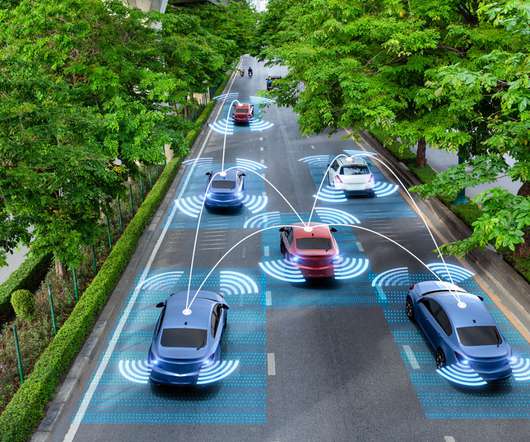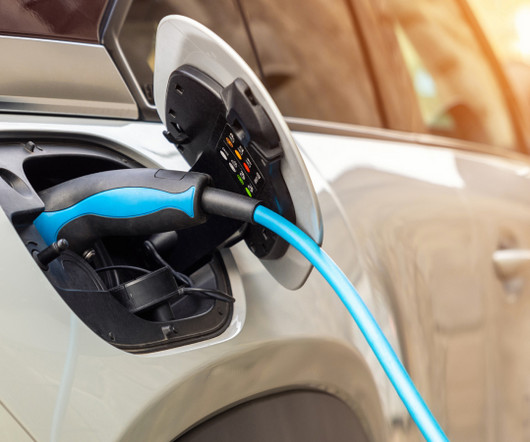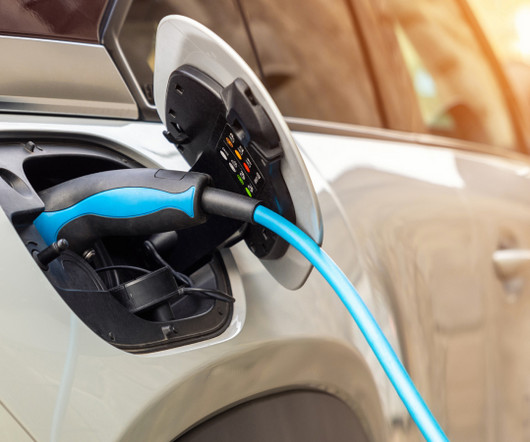Trends Transforming Logistics and Supply Chains In the MENA Region in 2023
The Logistics & Supply Chain Management Society
JANUARY 3, 2023
billion USD by 2026. Investing in data analytics along with innovations in big data will have a significant impact on the business. billion by 2026. Dubai CommerCity, the first e-commerce free zone in the MENA region opened in April 2021 in Dubai. The UAE’s logistics industry is all set to reach USD 31.4 MORE FROM THIS EDITION.

















Let's personalize your content